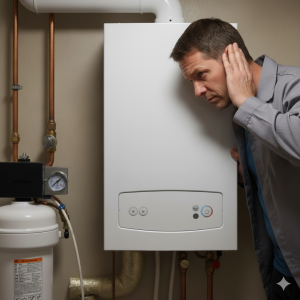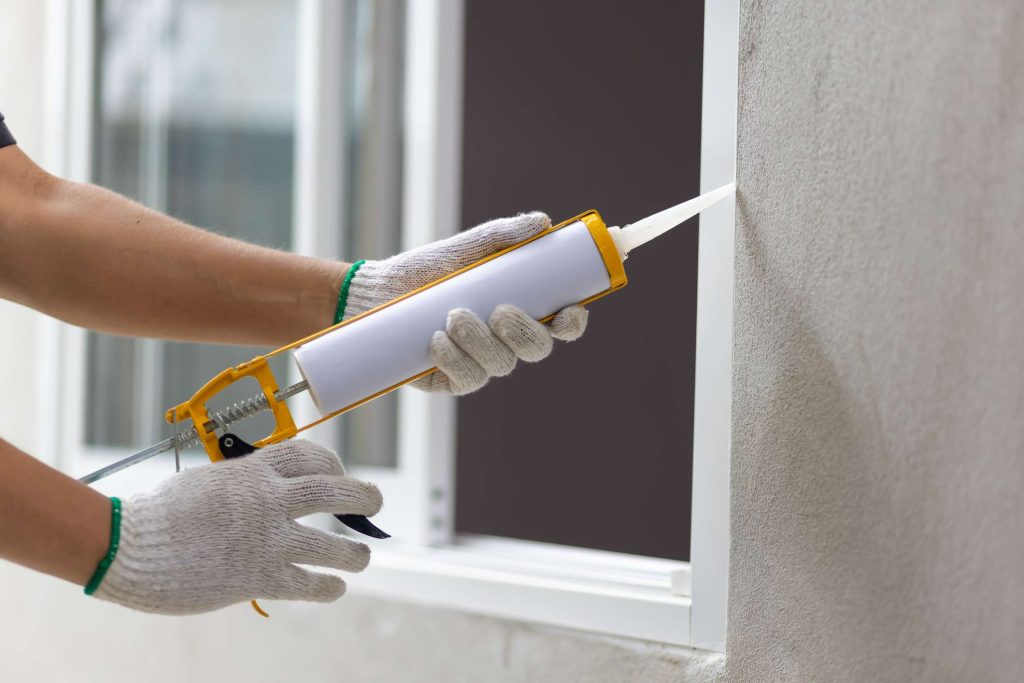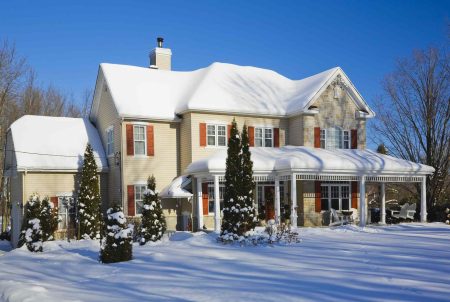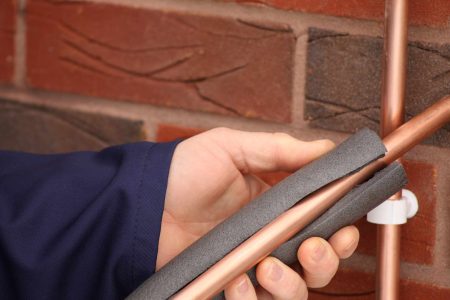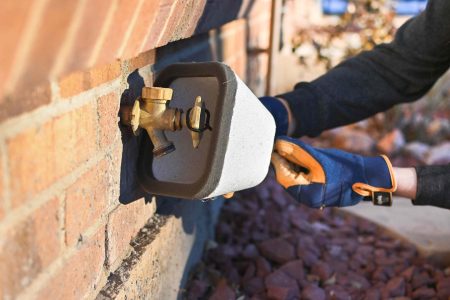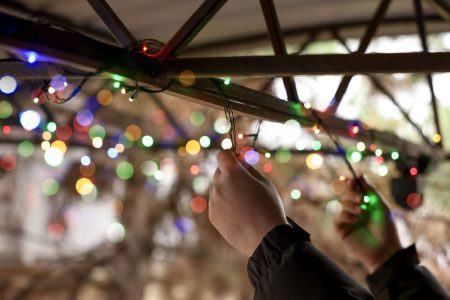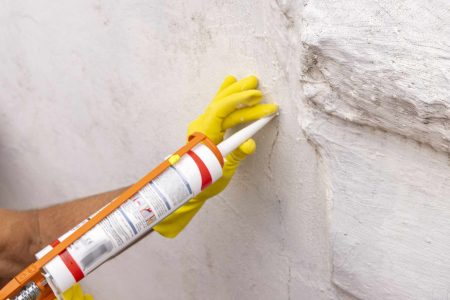Key Points
- Prepare the yard for heavy snow by trimming branches and cutting down unhealthy trees.
- Seal and repair your doors, windows, siding, foundation, and the chimney and furnace flue.
- Prevent leaks and water damage by repairing the roof and fixing your gutter system.
Winter weather takes a heavy toll on your home and yard, but many of the problems created by the snow and ice are not seen fully until the spring. Don’t wait to take action until foundation leaks are flooding your basement or a tree branch has fallen on your home, act as soon as possible to make any necessary fixes to the home before the winter snow and cold arrive.
We spoke with an exterior home repair and remodeling expert to find out which exterior fixes you should do before winter for a damage-free spring. Find out what they had to say below so you can act on their advice to safeguard your home this winter.
Meet the Expert
Michael DiMartino is a highly experienced home improvement expert as the Vice President of Installations at Power Home Remodeling.
Trim Trees and Bushes
The last thing that you want to deal with in the middle of winter is a tree branch crashing through the window, collapsing your deck, or damaging the roof.
“Winter brings more than just cold—it also means strong winds, heavy snow, and ice, all of which can weigh down tree branches,” says Michael DiMartino, Vice President of Installations at Power Home Remodeling.
“And if those branches are hanging over your roof or near power lines, they can snap and cause some serious damage.”
Before winter weather hits, inspect and trim your trees, bushes, hedges, and any other significant vegetation. Not only will this create better conditions for your plants in the spring, but it will also help to prevent weakened branches from causing a problem.
If you aren’t sure how to tackle this job on your own, hire a professional arborist to handle the trimming.
Want more home reno project tips and inspiration? Sign up for our free daily newsletter for the latest how-tos, reno guides, and more!
Don’t Miss
Repair Gutters and Downspouts
Home gutter health is a necessary factor to consider before ice and snow can create problems.
“Your gutters are an essential component of your home, responsible for diverting water away from the house and foundation so that it doesn’t ultimately cause interior leakage,” DiMartino says.
Even if you can avoid interior leaks, clogged or damaged gutters systems can lead to ice dams, which may further damage the gutters, cause water to spill over the sides and into the lawn where it can damage the foundation, or the excess water may simply end up freezing in dangerous areas, like driveways or walkways.
Keep your home safe and secure by making necessary repairs and regularly cleaning your gutters and downspouts.
Patch or Replace the Roof
If the roof is prone to missing, cracked, buckling, or curling shingles, it may be time for a roof replacement.
Alternatively, if the damage is relatively minimal, then you may be able to get away with a simple repair project to patch the damaged areas of the roof.
“Keep an eye out for shingles that look warped or wavy—specifically ones that are buckling (curving outward) or cupping (curving inward),” DiMartino says. “If your shingles aren’t lying flat, water can sneak in and hang around, which creates the perfect environment for things like mold or algae to grow.”
Replace or Seal the Windows and Doors
You want your furnace to be able to keep your home warm, but if you have gaps around your windows and doors, you may just be paying to heat the outside.
Before winter weather hits, check and apply weatherstripping around the doors and windows, then caulk any gaps in the window and door frames to keep warm air from escaping.
Depending on the age and condition of your windows and doors, you may want to take this opportunity to invest in a more energy-efficient replacement.
“Modern energy-efficient windows are usually made from vinyl or other synthetic materials,” DiMartino says. “They have two panes of glass, insulated frames, and are filled with Argon gas in between to help keep your home comfortable year-round.”
Fix Siding and Seal the Foundation
Make sure to caulk any small gaps or cracks in your home’s siding, and seal any cracks in your foundation so that water does not enter the home through these points.
“Warped siding isn’t just an eyesore—it can also lead to bulges and gaps that make it harder for your home to stay protected from the elements,” DiMartino says. “Once the siding’s seal is broken, things like moisture, pests, and drafts can start to sneak in.”
If the foundation has cracks in it, then it will be easier for the hydrostatic pressure in the soil outside the home to force water into the basement or crawlspace through these gaps, leading to flooding.
Clean and Repair the Chimney and Furnace Flue
The chimney and furnace flue get a lot of use during the winter months, so before the temperatures fall too much, have your chimney and furnace flue properly cleaned and repaired.
Cleaning helps to ensure that you remove any creosote that may have built up on the walls, but it also gets rid of obstructions, like grass, leaves, or even full nests from various animal species.
You should also seal any gaps around where the chimney and furnace flue exit the home to prevent water and air leaks.
“Homeowners might actually be surprised with how many spots along their exterior could be culprits of unwanted air transference during the colder months,” DiMartino says. “Depending on where the gap or draft is, you’ll need to use caulk to seal any problem areas.”
Read the full article here

